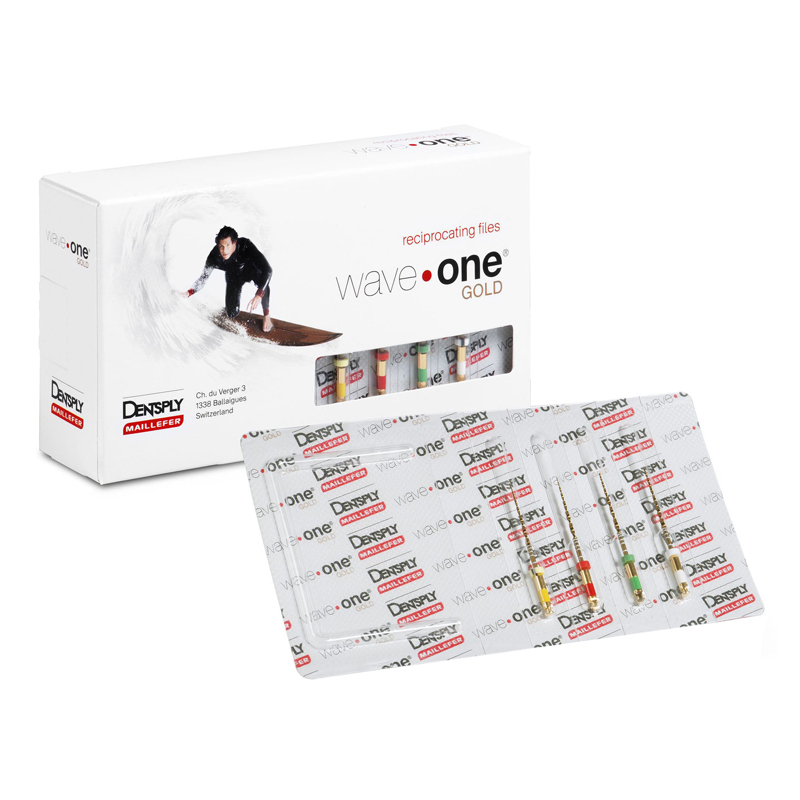
Cyclic fatigue is common in curved canals where the file is exposed to repetitive compression and tension (Al-Hadlaq et al. Many factors may relate to file separation, but cyclic fatigue and torsional stress are the two main causes (Al-Hadlaq et al. Several studies revealed that the rate of fracture of NiTi is seven times more than stainless steel files while others reported that NiTi rotary files fractured at a rate of approximately 5 times clinically (Alapati et al. Inspite of the increased flexibility in comparison with the stainless steel files, NiTi rotary instruments are more prone to fracture (Iqbal et al. Recently, there have been significant enhancements in the design and alloy of NiTi rotary files by improving the process of manufacturing, properties of the materials, and its microstructures (Gao et al. Hence, being aware of these behavioral differences, each clinician will be able to use the adequate file according to the clinical situation in addition to the manufacturer’s instructions. The geometry of the instrument, thermomechanical treatment of the alloy, and its composition affect the mechanical behavior (bending and torsion) of nickel titanium rotary files. In terms of torsional resistance, PTN also revealed higher torsional resistance than WOG.

ProTaper Next® revealed higher flexibility than WaveOne Gold® when exposed to cantilever bending but showed higher stress accumulation than WOG.
Wave one endo sequence software#
Instrument behavior under bending or torsional conditions was numerically analyzed in SolidWorks software package. Two-dimensional models of the two files PTN and WOG were created using computer tomography scanning and stereomicroscope to produce a three-dimensional digital model. Fortuitously, the Primary 25/07 file is generally the only file required to fully shape virtually any given canal.The objective of this study was to assess the bending and torsional properties of two nickel-titanium endodontic files with equivalent sizes and various designs and alloys using finite element analysis, ProTaper Next®X2 (PTN) size 25 with 0.06 taper and WaveOne Gold® (WOG) primary size 25 with 0.07 taper. For example, the Primary file has diameters of 0.85 mm and 1.0 mm at D9 and D12, respectively, or the length this file typically extends below the orifice during canal preparation. Each file has a fixed taper from D1-D3, yet a progressively decreasing percentage tapered design from D4-D16, which serves to preserve dentin. The Small 21/06 file has a fixed taper of 6% over its active portion. The 4 files are termed Small (yellow 20/07), Primary (red 25/07), Medium (green 35/06), and Large (black 45/05). There are 4 WAVEONE GOLD files available in various lengths to more effectively address a wider range of endodontic anatomy compared to its WaveOne predecessor. Through the convergence of an advanced design, Gold-wire technology, and a unique reciprocating movement, preparing canals is now safer, easier and faster. The WAVEONE GOLD system is a single-file and single-use technique. This vastly improved system has been branded WAVEONE GOLD. Now, a new generation has emerged that provides excellent safety, effortless efficiency, and super simplicity, beyond the orginal WaveOne system. Back when it came to market in 2011, it was shown that a single-file reciprocating shaping technique utilizing unequal CW/CCW angles was over 4 times safer and almost 3 times faster than using multiple rotary files to achieve the same final shape. The original WaveOne concept, in most instances, provided a single-file shaping technique, regardless of the length, diameter, or curvature of any given canal.


 0 kommentar(er)
0 kommentar(er)
